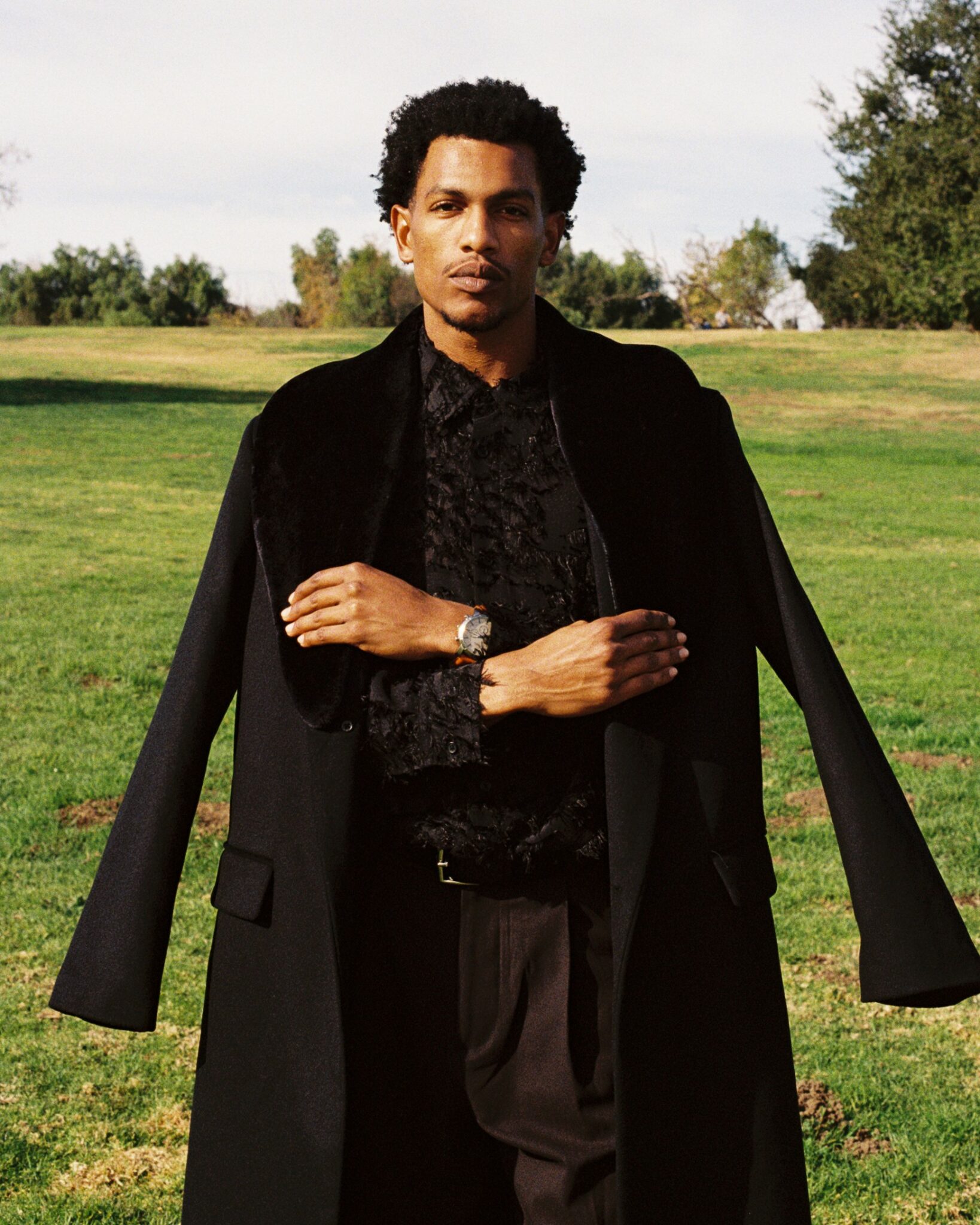We’re excited to introduce you to the always interesting and insightful Jroach. We hope you’ll enjoy our conversation with Jroach below.
Jroach, appreciate you joining us today. Can you open up about a risk you’ve taken – what it was like taking that risk, why you took the risk and how it turned out?
The biggest risk I’ve ever taken started with a decision that most people around me thought was crazy. I was on track to become a computer engineer, studying something practical, something stable. I had a full-time job offer waiting for me after graduation, a path that was laid out with security and predictability. But deep down, I knew it wasn’t for me. I couldn’t see myself spending my life behind a desk, coding away while my real passions—modeling, acting, and music—remained just dreams.
So, I did what most wouldn’t. I turned down the job. No safety net, no backup plan. Instead, I got a job at TGI Fridays, grinding through shifts while trying to figure out how to break into the creative industry. It was humbling. One moment, I was expected to be a software engineer, and the next, I was serving food, barely making enough to get by. But I knew it was temporary. Every shift, every long night, was just a step toward something bigger.
I bet everything on myself and moved to LA with no guarantees. That’s when the real test began. The modeling industry isn’t built for the faint-hearted. It’s an endless cycle of casting calls, rejections, and moments of self-doubt. My first agency, “Two Management”, I thought was going to immediatley give me the world, but the reality was far different. Bookings were scarce, and payments were slow. There were times when I had to stretch a single check for weeks, just hoping another gig would come through before my bank account hit zero.
But I kept going. Every rejection was just another opportunity to prove myself. I networked, built relationships, and kept refining my craft. Eventually, doors started opening. I landed campaigns, walked runways, and got signed to better agencies. Each success felt monumental, not just because of what it meant for my career but because I knew how much I had risked to get there. There were no shortcuts, just years of persistence and self-belief.
Still, there were downs. Agencies that didn’t have my best interests at heart, gigs that fell through last minute, moments when I questioned whether I had made the right choice. But through it all, I reminded myself of the alternative—the life I walked away from, the stable paycheck that would’ve cost me my passion.
Six years into this journey, I’ve seen the highs and lows of chasing a dream. I’ve gone from struggling to get signed to working with some of the biggest brands like Old Navy, Lululemon, Wilson Sporting Goods, Abercrombie, Thome Browne, GQ, Vogue. Starting to do beverage campaigns like, Coca-Cola, Corona, Coors Light and even acting in commercials like Maybelline and NBA 2k. more. I’ve expanded beyond modeling into acting and music, blending all my creative passions into a career that reflects who I truly am. The risk I took wasn’t just about switching careers—it was about betting on myself when no one else would.
Looking back, I wouldn’t change a thing. The struggle, the uncertainty, the moments of doubt—they all made the wins even sweeter. I took the risk, and I made it work. And the best part? I’m just getting started.

Great, appreciate you sharing that with us. Before we ask you to share more of your insights, can you take a moment to introduce yourself and how you got to where you are today to our readers.
I’m Jroach—model, actor, musician, and creative entrepreneur. My journey started in the DMV, where I grew up with a passion for both art and athletics. Initially, I pursued a degree in computer engineering, but deep down, I knew that wasn’t where I was meant to be. So, I took a risk—I turned down a full-time job in engineering, worked at TGI Fridays to make ends meet, and eventually packed up everything to move to Los Angeles and chase a creative career.
How I Got into the Industry
I didn’t plan on becoming a model—it was the people around me who saw the potential before I did. My cousin, who was working with Kyle Allen, pushed me to take modeling seriously and set me up with a few test shoots. One of those early opportunities was with Buck Mason, and from there, everything started to unfold.
Looking back, I realize I had already been laying the foundation without even knowing it. In college, I was constantly taking photos, experimenting with different looks, and building a portfolio without realizing how valuable it would become. By the time I started pursuing modeling seriously, I already had a solid base to work with, which helped me land opportunities early on.
I eventually got signed, but that was just the beginning. It took a year and a half for the ball to really start rolling. At first, the jobs were inconsistent, and I had to navigate the uncertainty of when (or if) my next booking would come. There were stretches where I felt stuck, wondering if I had made the right choice. But I stayed patient, kept refining my craft, and continued putting myself in the right spaces. Over time, the opportunities grew, the bookings became more frequent, and I started building a name for myself in the industry.
What I Provide & What Sets Me Apart
At my core, I’m a storyteller—whether it’s through modeling, acting, music, or content creation. In modeling and acting, I bring versatility and authenticity, working with brands to create visuals that stand out. In music, I craft sounds that hit hard but still connect emotionally, offering something fresh in an industry that often leans on the same formulas.
Beyond that, I also create content on YouTube, specifically music production tutorials. I break down my creative process, share insights on beat-making, and provide value to up-and-coming producers looking to sharpen their skills. It’s another way for me to connect with my audience, give back to the music community, and showcase the behind-the-scenes work that goes into my sound.
What sets me apart is my ability to balance multiple creative lanes while maintaining authenticity. I’m not just a model, actor, or artist—I’m all of them, and I approach each with an entrepreneurial mindset. I’m always thinking about longevity, impact, and innovation. My goal isn’t just to “make it” but to build something sustainable that inspires others to take risks and bet on themselves.
What I’m Most Proud Of
I’m proud of the fact that I built this life with relentless focus and determination. There were so many moments when modeling and acting weren’t working out—times when I wasn’t booking, when money was tight, and when other opportunities came up that could’ve taken me in a completely different direction. But I never wavered. I stayed locked in on the vision, refusing to go left or right, even when the easier path seemed tempting.
I’ve navigated agency changes, financial struggles, and moments of doubt, but I never quit. I’ve modeled for major brands, acted in projects that align with my vision, and built a growing music career on my own terms. Every step of the journey has reinforced that staying true to my purpose will always pay off in the end.
What I Want People to Know
I want people to know that success is possible if you’re willing to put in the work, stay patient, and adapt. My journey is proof that you don’t need a traditional path to make it—you just need a vision and the courage to pursue it. Whether through my music, my content, or my story, I want to inspire others to create the life they want, not just the one they’re told to live.
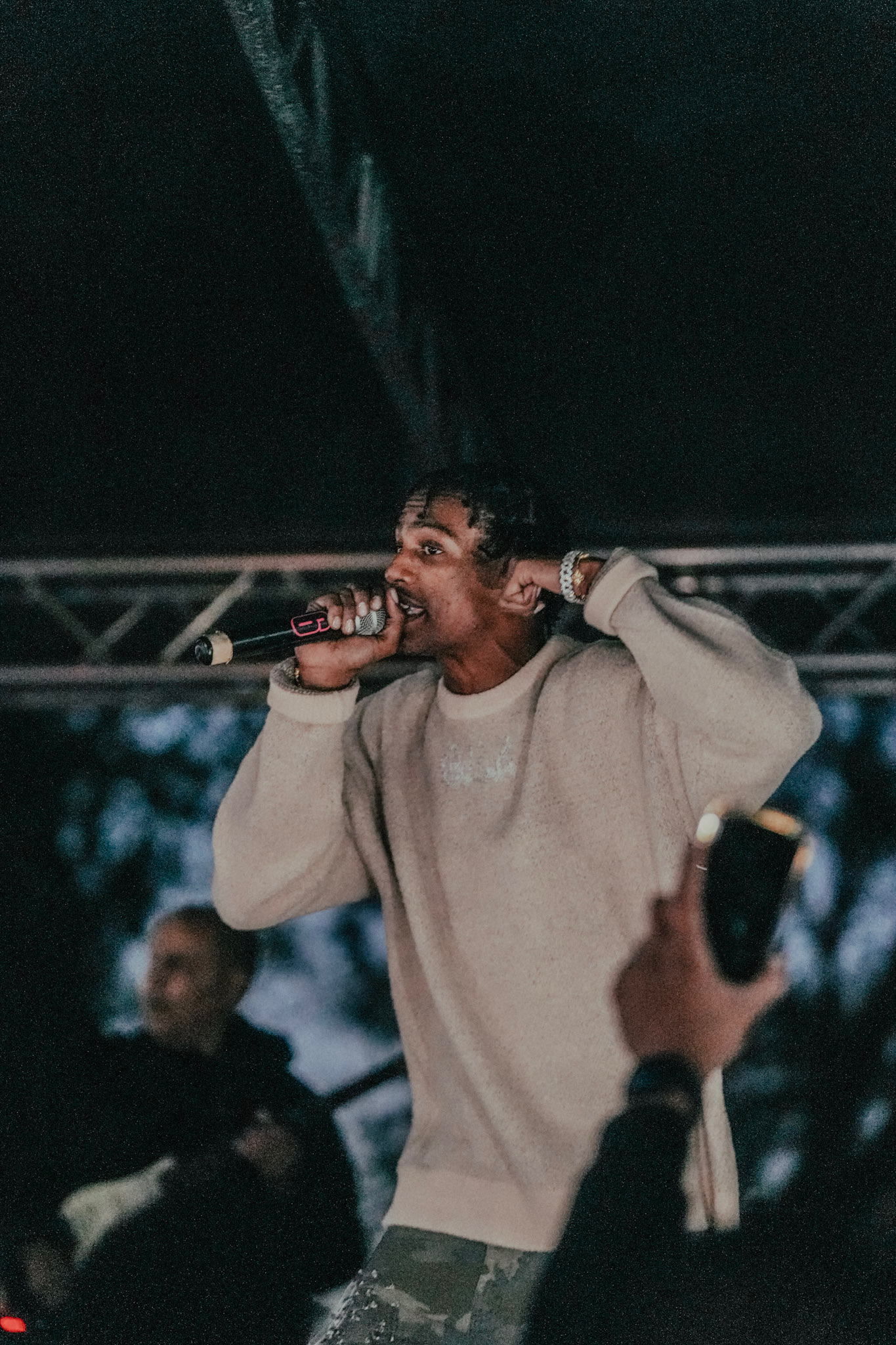
What do you find most rewarding about being a creative?
The most rewarding part of being an artist is seeing people truly resonate with my music. When someone hears a lyric, a melody, or a beat I created and connects with it on a personal level, that’s everything. Music is one of the most powerful forms of expression—it can capture emotions, tell stories, and make people feel understood.
I’ve had moments where people told me that a song I made helped them through something or that a certain line hit them in a way they didn’t expect. That’s when I know I’m doing something real. It’s not just about making music that sounds good—it’s about creating something that people can feel, something that becomes part of their own story. That connection is what keeps me going, and it’s the reason I’ll never stop creating.
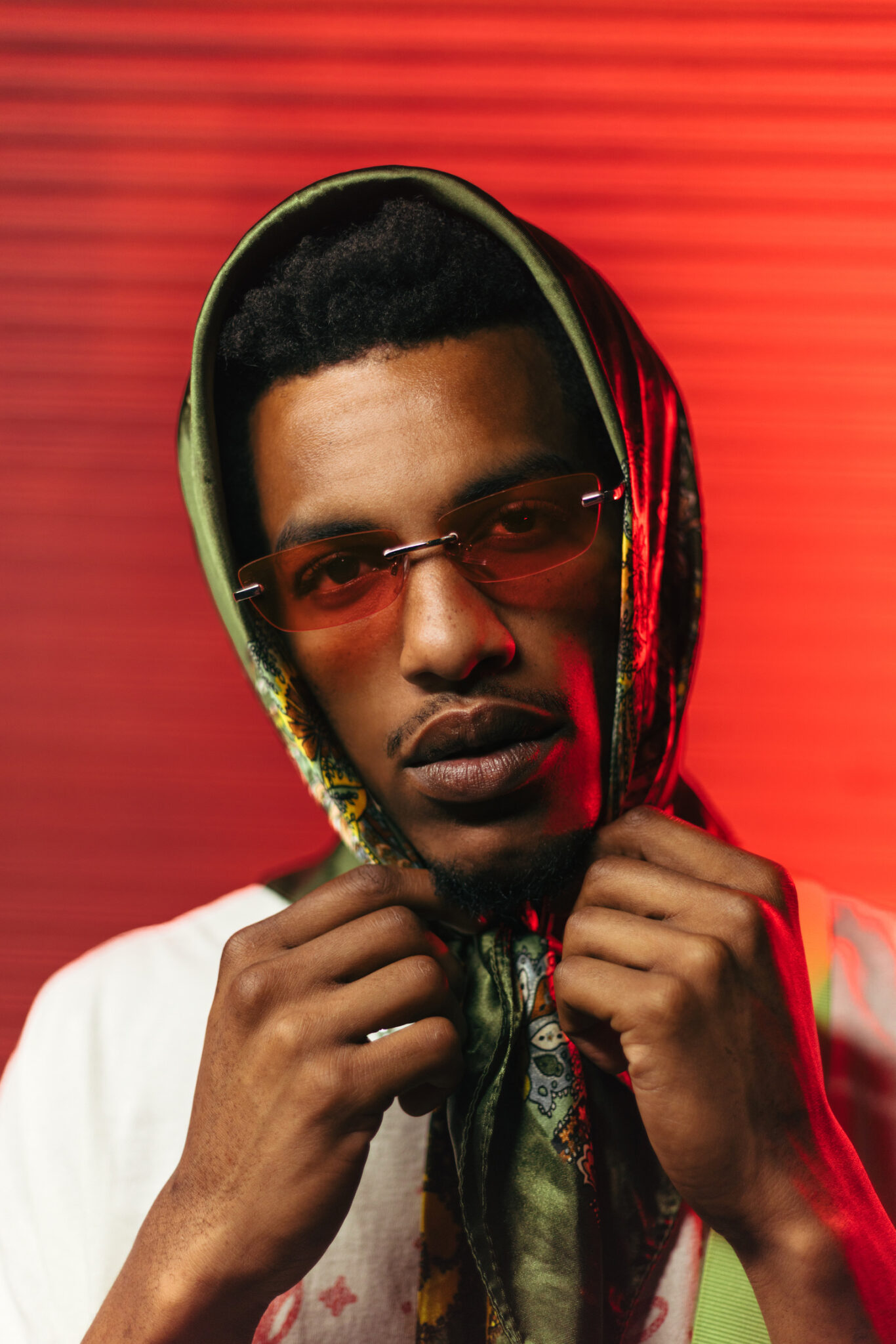
What can society do to ensure an environment that’s helpful to artists and creatives?
The best way society can support artists, creatives, and independent entrepreneurs is by truly engaging with and uplifting their work. It’s easy to celebrate major celebrities once they’ve “made it,” but the journey to that point is built on the support of everyday people who choose to recognize and invest in creativity at every stage.
1. Support Small & Independent Creatives
Artists, musicians, designers, and content creators are essentially small businesses. Just like you’d support a local coffee shop over a big chain, the same energy should be given to creatives. Buying an independent artist’s album or merch, streaming their music, attending their shows, or purchasing artwork directly from the source makes a massive impact.
2. Engage & Share Their Work
One of the simplest yet most powerful things people can do is engage—like, comment, share, and spread the word. Algorithms reward engagement, so when you interact with an artist’s content, it helps push it to a wider audience. A simple repost or comment could introduce their work to someone new, and that ripple effect is how independent creatives grow.
3. Donate & Invest in Artists
Platforms like Patreon, Kickstarter, and direct donation links allow fans to financially support artists in ways that go beyond streams and likes. Even small contributions can help fund an artist’s next project, studio time, or creative endeavor. Brands, companies, and even local governments should also invest more in grants and resources for independent creatives, giving them the tools to sustain their work.
4. Respect the Work & The Process
A lot of people underestimate the time, money, and energy that goes into being a creative. Society often expects free art—free music, free performances, free content—but doesn’t expect free work from other industries. Respecting artists means valuing their time, their rates, and their expertise. Exposure doesn’t pay bills, but genuine support does.
5. Create More Opportunities & Representation
Industries should be more intentional about opening doors for emerging talent, not just recycling the same big names. That means hiring independent photographers, models, and designers instead of defaulting to corporate agencies. It means giving new voices a platform and making sure diverse perspectives are heard.
At the end of the day, artists fuel culture. The music you listen to, the visuals you admire, the trends you follow—all of it starts with creatives putting in the work. If society wants to keep creativity alive, it has to do more than just consume art—it has to actively support the people making it.
Contact Info:
- Website: https://iamjroach.com
- Instagram: https://www.instagram.com/iamjroach/
- Youtube: https://www.youtube.com/channel/UC0CuK-vCSMPkvYH_hM4Fx8A
- Soundcloud: https://soundcloud.com/jroach-839164484?utm_source=clipboard&utm_medium=text&utm_campaign=social_sharing
- Other: New Album “UnRelated 2” Out Now
My Music: https://tr.ee/td7MSP4zrc
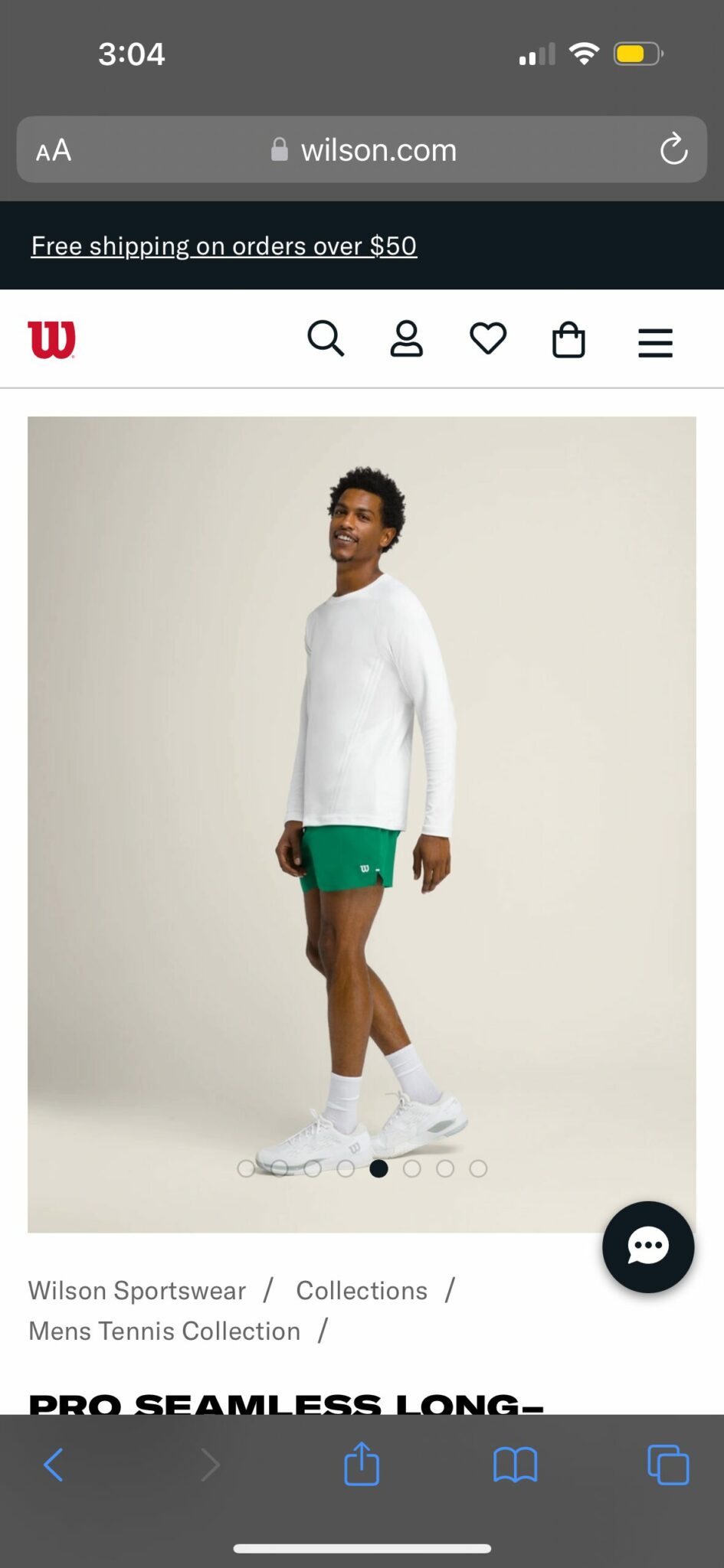
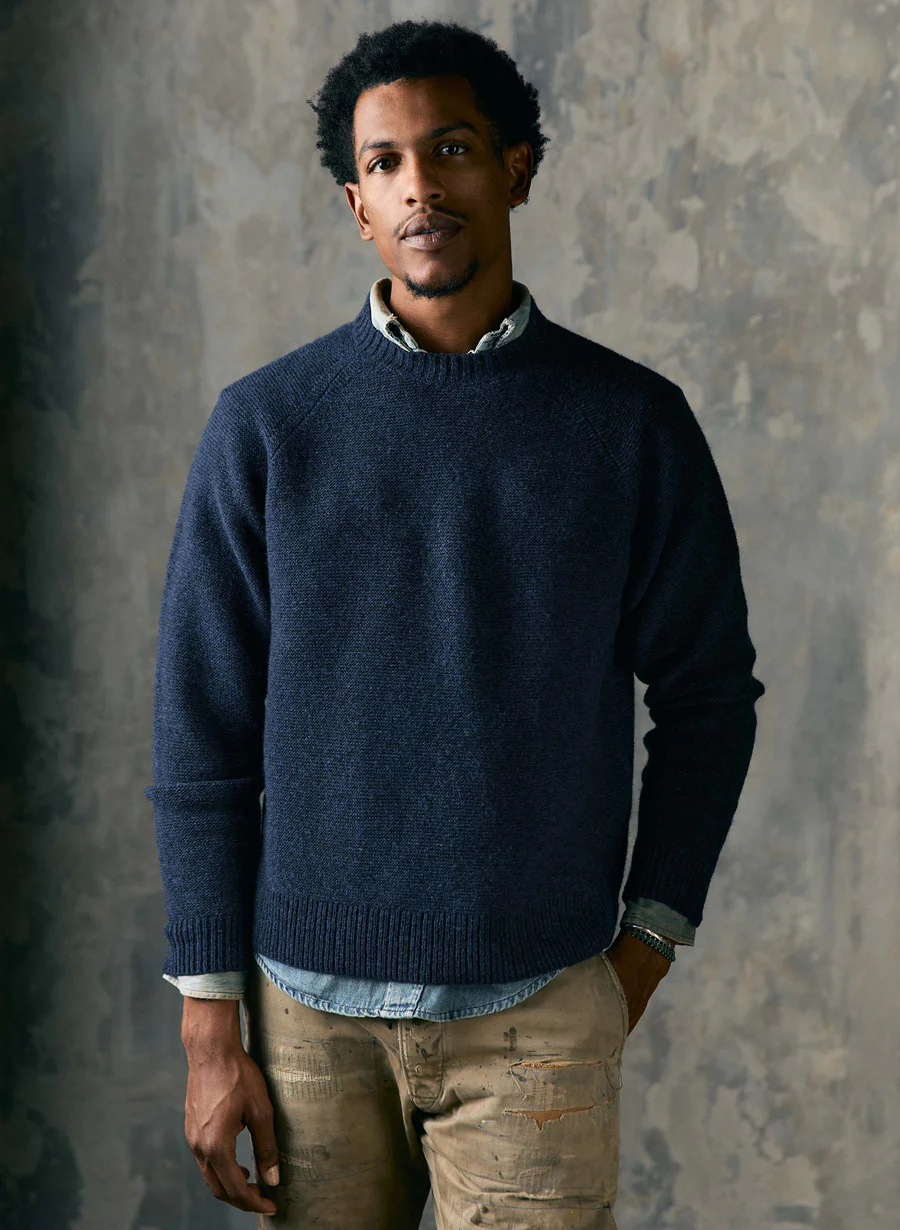
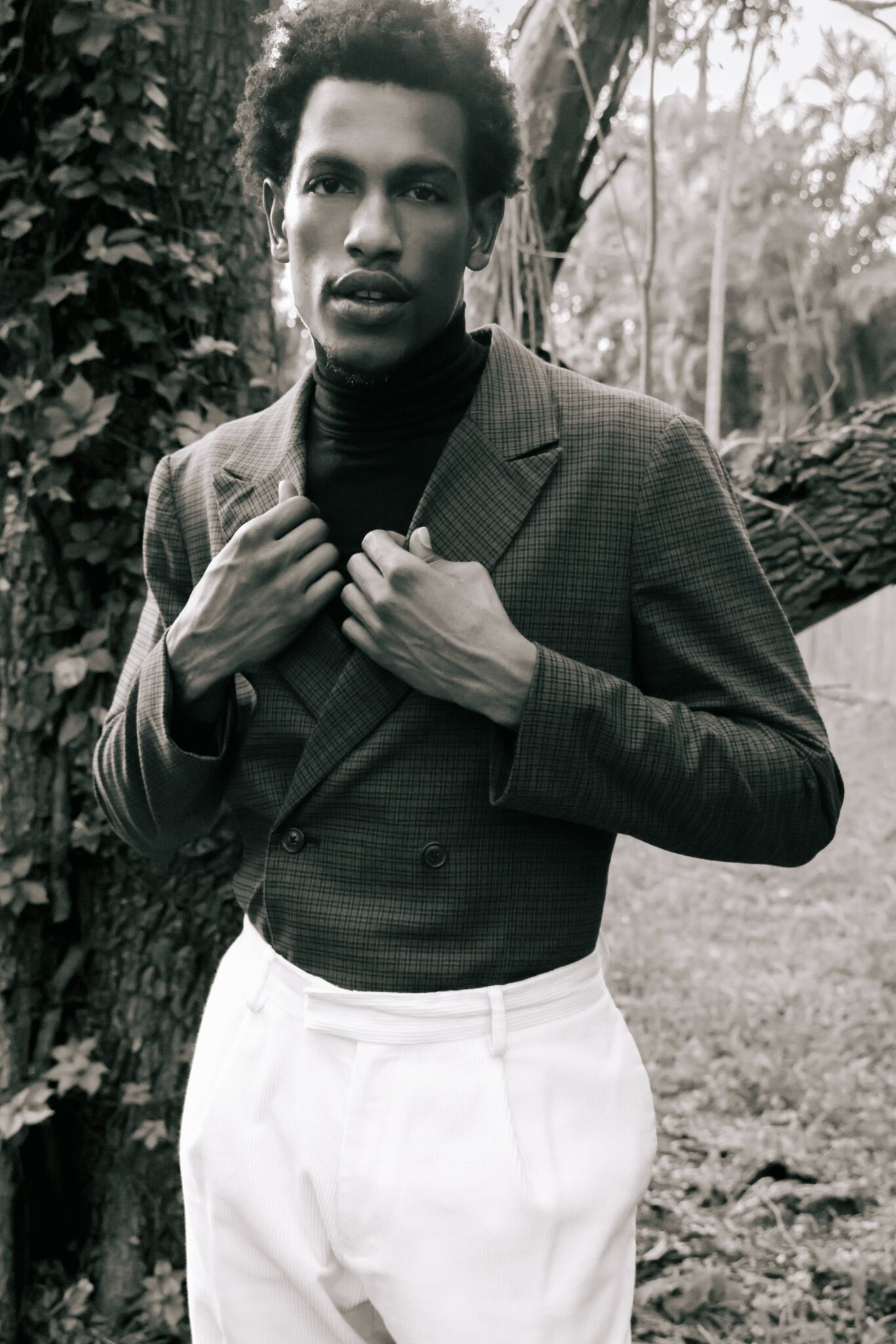
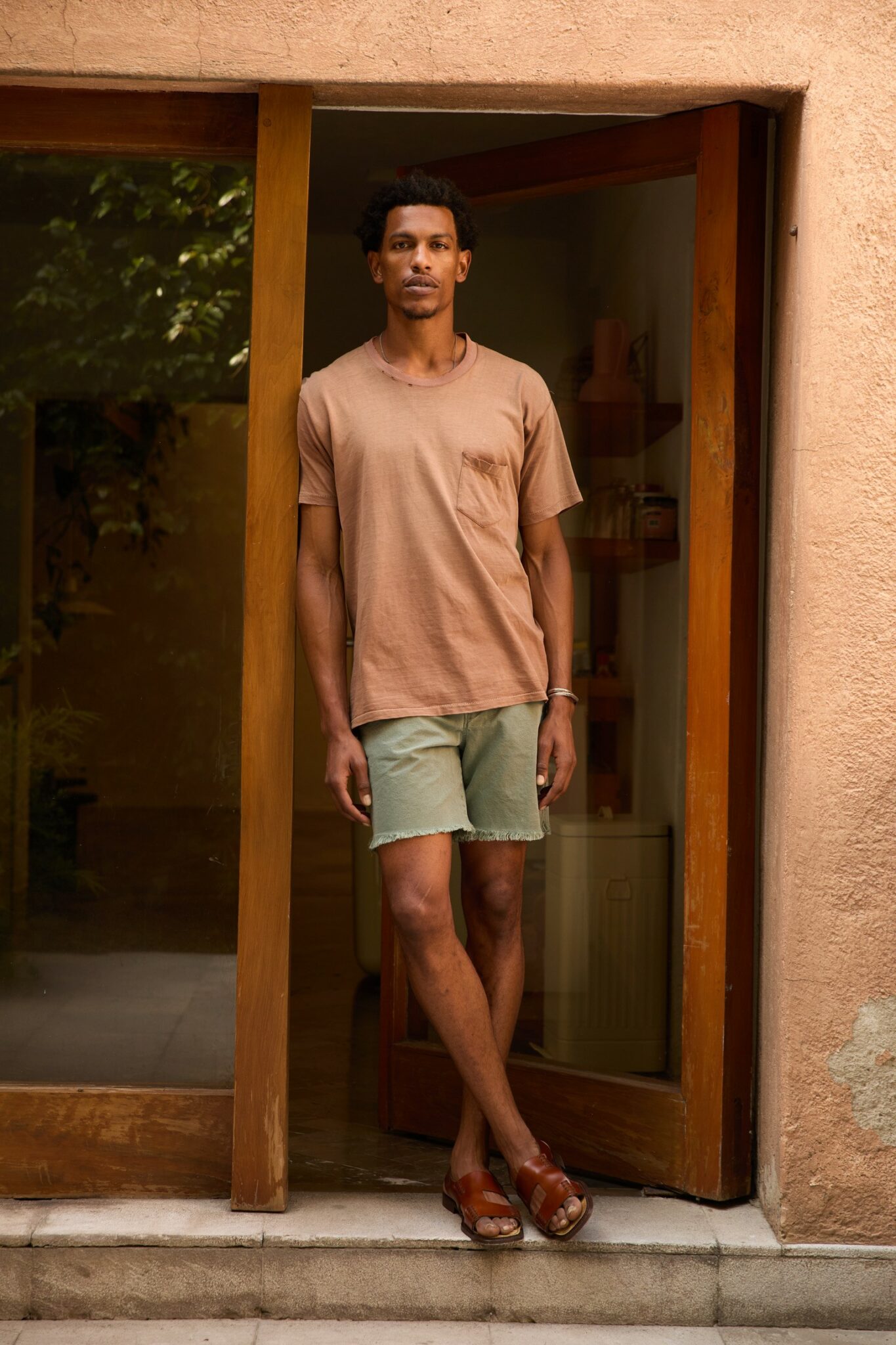
Image Credits
Christopher Moreley (Imogene + Willie), Skylar Wagoner, Malik Johnson, Luke Christensen, Miguel Bandeira


